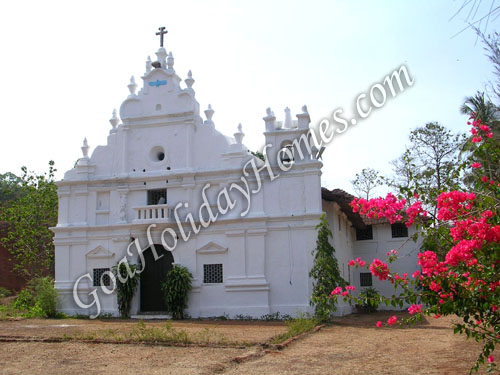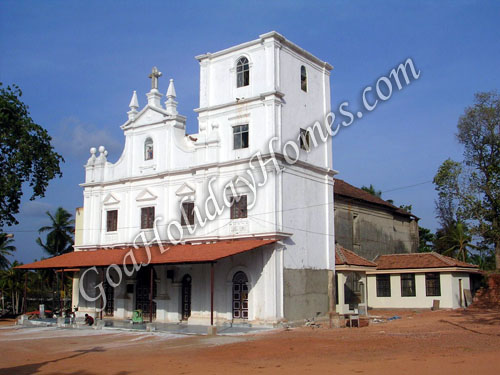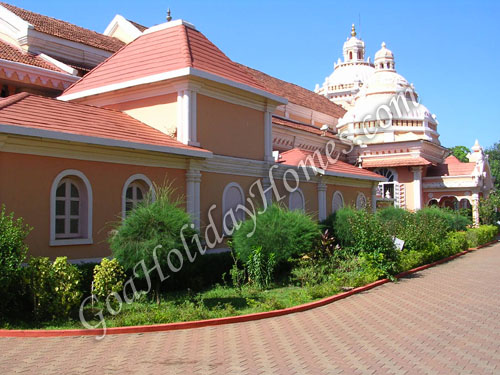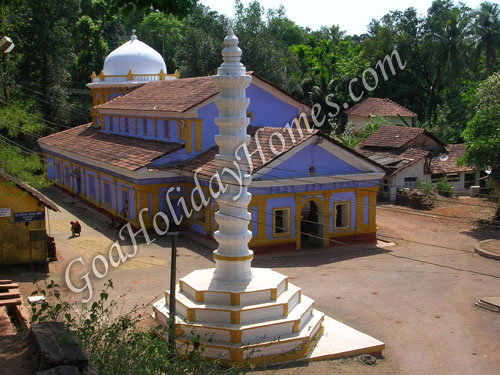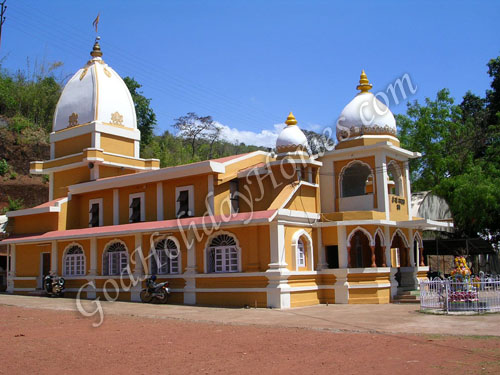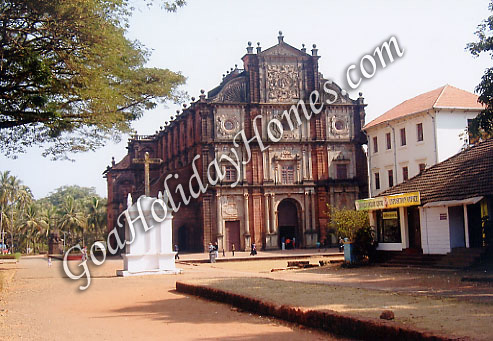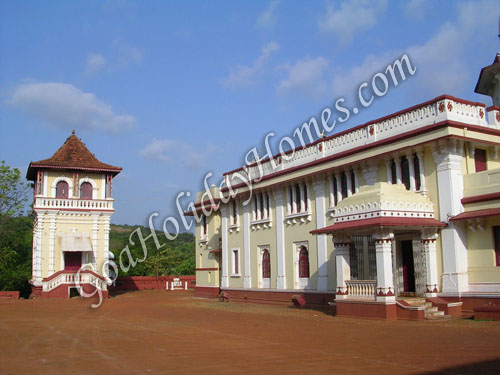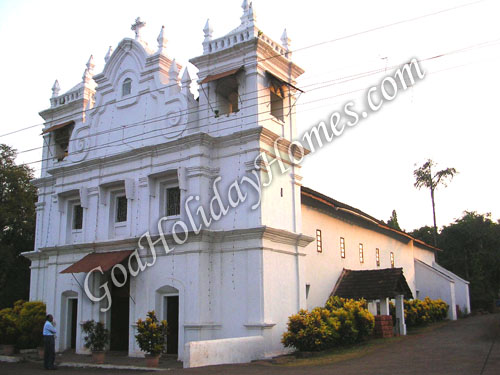Churches, Chapels, Temples a varied legacy
Perhaps nowhere are the diverse influences of Goa more dramatic than in the places of worship.
It is not uncommon to come across a temple in the Maratha style, with a distinctively Christian Plan and an Islamic dome! Such contradictions sum up the story of Goa, of the conquistadors and settlers who came and made it their home. They brought with them their languages, their customs, their architectural idioms, and smoothly integrated with the existing traditions.
The Churches of Old Goa, built in the 16th & 17th centuries, are basically in the baroque Renaissance style with some Gothic touches. But the insides are all derived from European as well as Indian elements. The SeCathedral, largest church in Asia is a grand example of the form.
The 80-metre long aisle is a truly imposing sight, with ornamental embellishments culminating in a magnificent gilf altar.
Old Goa - 10 km east of Panaji, is the prime tourist attraction of the State. It was built by Adil Shah, the Sultan of Bijapur.
Basilica of Bom Jesus, - dedicated to infant Jesus, is the most famous churches in Goa. The mortal remains of Saint Francis Xavier kept in a rich casket are enshrined here.
Se Cathedral - is the most imposing church in Goa - its vaulted interior overwhelms the visitors by its sheer grandeur.
The Churches of St. Francis of Assissi has its interior illustrated with exquisite paintings.
Saint Cajetan Church was built in the style of St. Peter's Basilica in Rome.
Church of our Lady of Rosary - is one of the earliest built churches in Goa.
There are more temples in Goa than churches, important among these are Manguesh temple at Mangueshi, Mahalsa Temple at Mardol, Shanta Durga Temple at Kavlem.
There are not too many mosques in Goa - the most important is the Jama Masjid at Sanguem. Another notable mosque in Goa is the Safa Shahouri Masjid at Ponda.
Contact Details
Address: Angela Marquis

